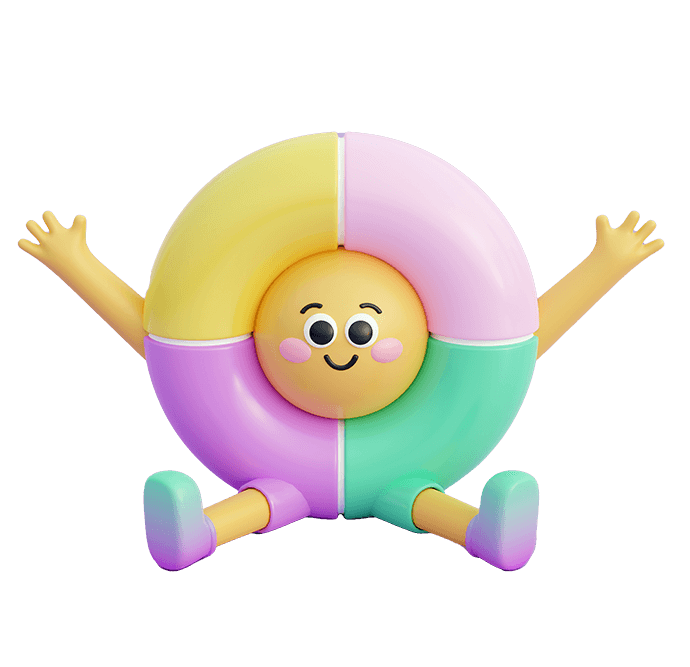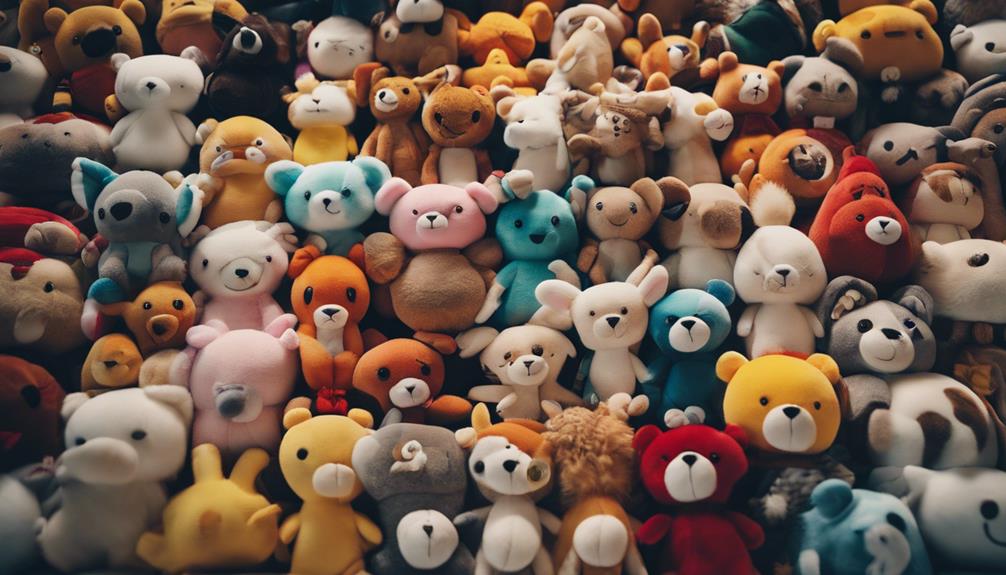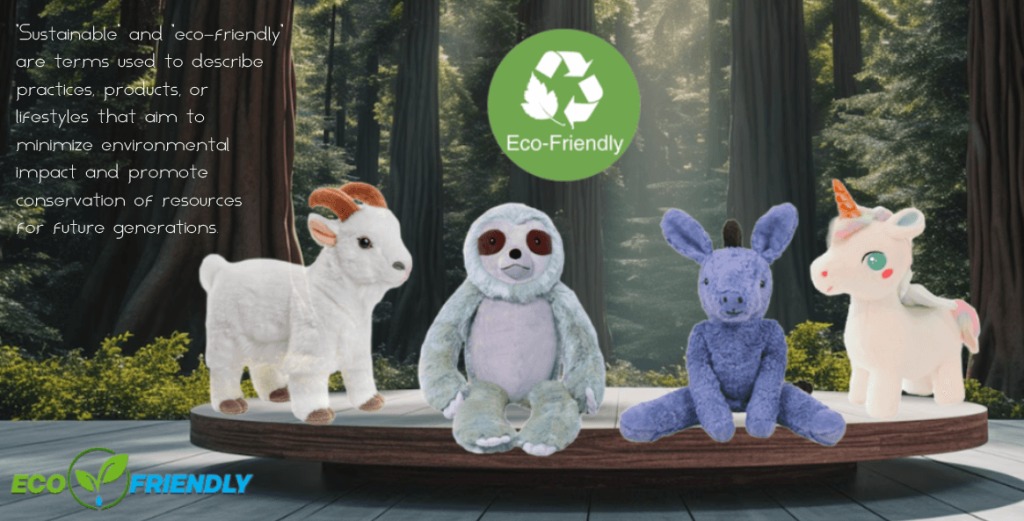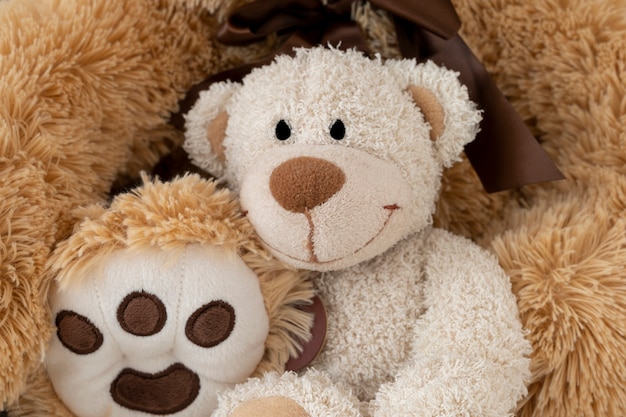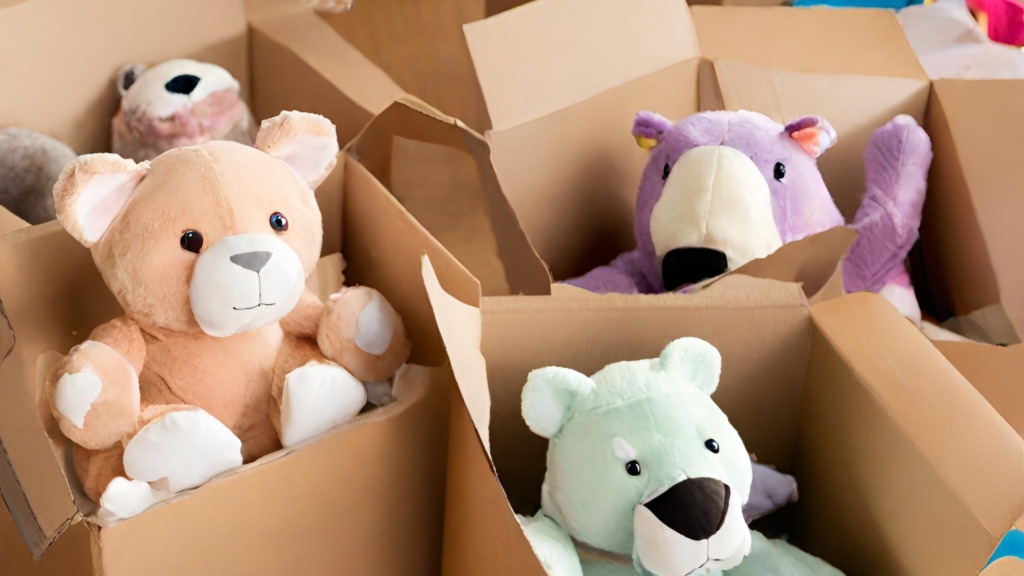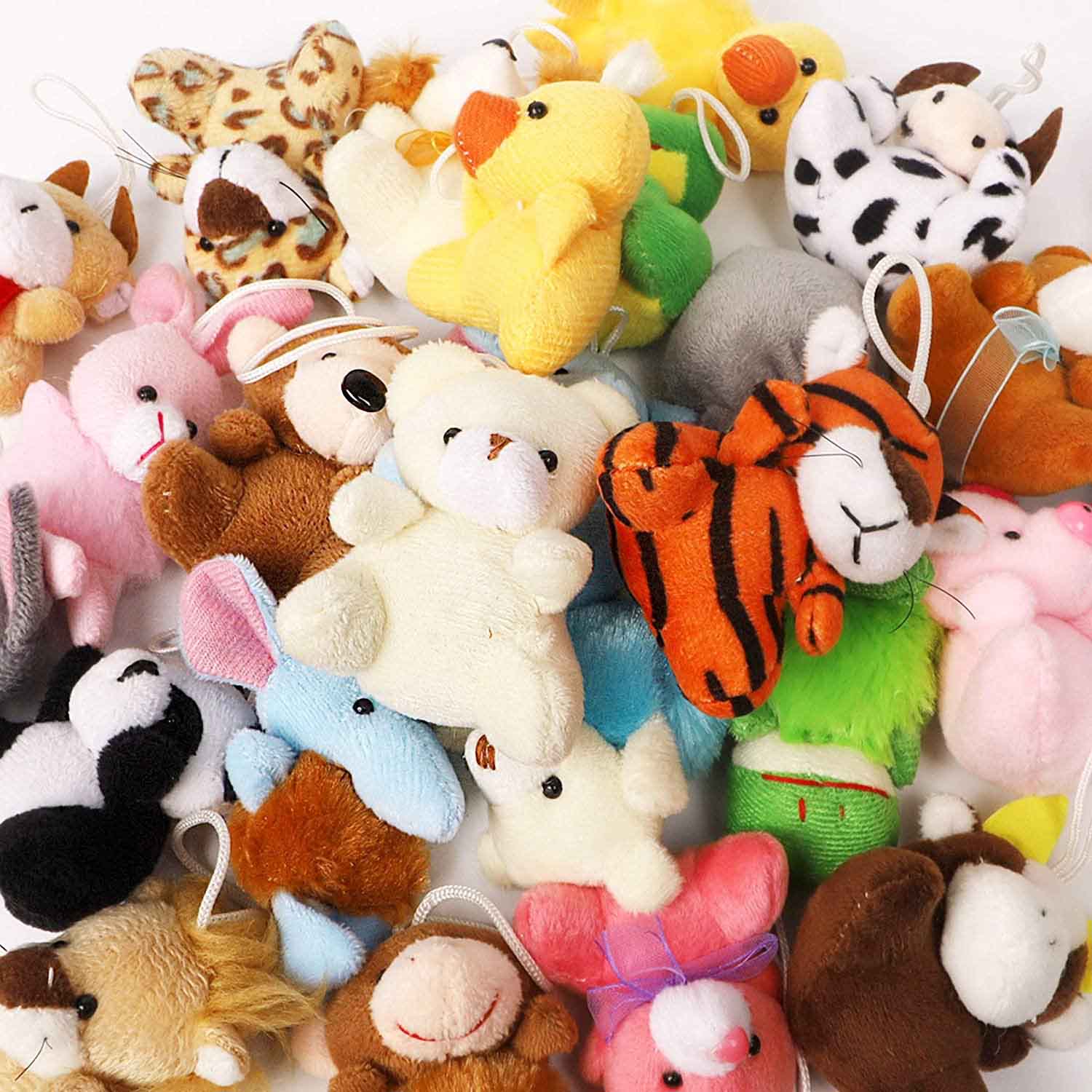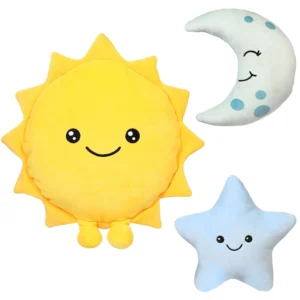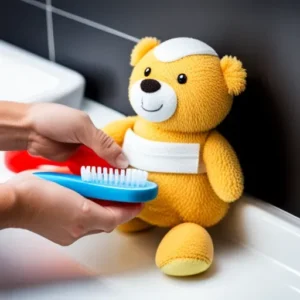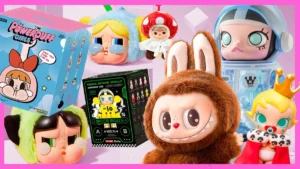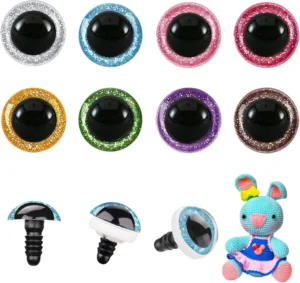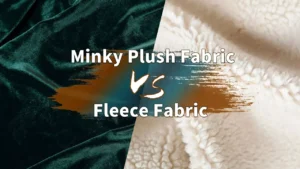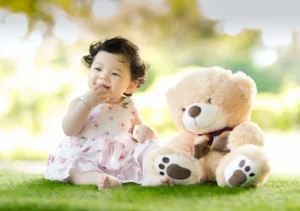Introduction
Every year, millions of toys end up in landfills, leaving eco-conscious brands and retailers grappling with a tough question: how do you keep kids smiling while protecting the planet? The answer lies in sustainable plush toys, which are reshaping playtime with recycled fabrics and ethical sourcing.
These toys don’t just spark joy—they cut waste and boost brand reputation. In this article, we’ll explore how innovators like KINWIN are using eco-friendly materials to create durable, affordable stuffed animals that make “going green” a no-brainer for businesses and parents alike.
Why Sustainable Plush Toys Matter
Every year, millions of toys end up in landfills, creating a mess for our planet. Sustainable plush toys offer a way to enjoy cuddly fun while being kind to the environment. They use eco-friendly materials and smarter production methods, making them a top pick for parents and retailers who care about the future.
The Environmental Cost of Traditional Toys: Landfill Waste and Pollution
Traditional plush toys often use plastics that don’t break down easily. These toys pile up in landfills, releasing harmful chemicals into the soil and water. Choosing eco-friendly plush toys helps cut down on this waste, giving kids safe toys and keeping the planet cleaner.
How Sustainable Plush Toys Reduce Carbon Footprints
Making toys with recycled materials, like plastic bottles turned into soft stuffing, lowers the need for new resources. Factories that focus on sustainable plush toys also use energy-saving methods, shrinking their carbon footprint. It’s a small step that adds up to big change for the environment.
Opting for recycled material toys can reduce waste and energy use, making playtime greener for future generations.
Aligning with Consumer Demand for Eco-Friendly Products
Shoppers today want products that match their values, and many are asking, “why choose eco-friendly toys?” Retailers who stock sustainable options build trust with customers, boosting their brand’s reputation. Certifications like the Global Recycled Standard (GRS) prove the toys are legit, attracting more eco-conscious buyers.
Emotional and Ethical Appeal for Parents and Retailers
Parents love knowing their kids’ toys are safe and earth-friendly—it’s like giving a hug that lasts. Retailers offering recycled material toys tap into this feel-good vibe, creating loyal customers. It’s not just business; it’s about building a better world for the next generation.
Sustainable Plush Toy Materials Comparison
| Material | Source | Breakdown Time | Certifications | Environmental Impact |
|---|---|---|---|---|
| Virgin Polyester | Petroleum-based | 500+ years | None | High carbon emissions |
| Recycled Polyester | Plastic bottles | Recyclable | GRS Certified | Reduces landfill waste |
| Organic Cotton | Sustainably farmed | 1-5 months | GOTS Certified | Low water usage |
| Bamboo Fabric | Fast-growing bamboo | 1-2 years | FSC Certified | Minimal pesticides |
| Hemp Fiber | Hemp plants | 6 months | OEKO-TEX | Soil-friendly crop |
Note: Breakdown time measures how long materials take to decompose naturally. Certifications ensure eco-claims are verified, boosting consumer trust. Data sourced from industry standards and environmental reports.
Switching to sustainable plush toys isn’t just about keeping up with trends—it’s about making choices that feel “totally dope” for the planet and people. Retailers who embrace these toys can stand out in a crowded market, while parents get peace of mind knowing they’re picking safe, ethical options. As more brands prioritize sustainability, the toy industry is set to become a leader in eco-friendly innovation.
The Magic of Eco-Friendly Materials
Ever wondered what makes a plush toy both cuddly and kind to the planet? Sustainable plush toys are crafted with materials that reduce harm to the environment while keeping kids safe. Let’s dive into the fabrics and fibers that make these toys so special.
Recycled Polyester: From Plastic Bottles to Cuddly Toys
Imagine turning old plastic bottles into soft, huggable stuffing. Recycled polyester does just that, cutting down on landfill waste and saving energy compared to making new plastic. It’s a win-win for parents looking for recycled material toys that kids will love.
Organic Cotton: Softness Without Harmful Chemicals
Organic cotton is grown without toxic pesticides, making it super safe for little hands. It’s soft, durable, and perfect for organic stuffed animals that feel cozy and natural. Plus, it supports farmers who care about the earth as much as you do.
Choosing certified materials like organic cotton ensures toys are safe for kids and better for the planet.
Emerging Materials: Bamboo Fiber and Biodegradable Options
Bamboo fiber is the new kid on the block, growing fast without needing much water or chemicals. Biodegradable materials, like plant-based fillings, break down naturally, leaving no trace behind. These options make finding the best sustainable plush toys for kids easier than ever.
Importance of Certifications Like GRS (Global Recycled Standard)
Certifications like GRS prove a toy’s materials are truly eco-friendly, giving shoppers peace of mind. They show brands are serious about sustainability, which builds trust and makes sourcing sustainable plush toys simpler for retailers. It’s like a badge of honor for doing things right.
Eco-Friendly Material Benefits Comparison
| Material | Source | Water Usage | Certification | Impact Notes |
|---|---|---|---|---|
| Recycled Polyester | Plastic bottles | Low (recycling) | GRS | Reduces plastic waste by 50% |
| Organic Cotton | Organic farms | Moderate | GOTS | No pesticide runoff |
| Bamboo Fiber | Bamboo plants | Low | FSC | Grows in 3-5 years |
| Biodegradable Fill | Plant-based | Low | OEKO-TEX | Decomposes in 1 year |
| Virgin Polyester | Petroleum | High | None | High CO2 emissions |
Note: Water usage reflects production needs; certifications ensure eco-claims are verified. Impact notes show measurable environmental benefits. Data sourced from textile industry reports.
Using certified materials isn’t just “super chill”—it streamlines production and builds a brand’s cred with eco-conscious shoppers. Parents get toys they can trust, and retailers stand out as leaders in sustainability. The future of plush toys is green, cuddly, and ready to make a difference.
Leading Brands in Sustainable Plush Toys
When it comes to sustainable plush toys, some brands shine brighter than others. Names like KINWIN, GUND, and Wild Republic are setting the bar high, offering eco-friendly options that kids adore and parents trust. Let’s explore what makes these brands stand out and why they’re worth partnering with.
KINWIN’s Innovative Designs and Ethical Sourcing
KINWIN crafts eco-friendly plush toys with flair, using recycled materials like polyester from plastic bottles. Their ethical sourcing, backed by certifications like GRS, ensures every toy meets strict sustainability standards. Retailers love KINWIN for their customizable designs, which make stocking unique products a breeze.
GUND’s Legacy in Sustainable Teddy Bears
GUND has been making teddy bears for over a century, and now they’re going green. Their certified eco-friendly toys use organic cotton and recycled fillings, blending tradition with modern values. Parents picking GUND know they’re getting quality that lasts, both in cuddles and eco-impact.
Partnering with brands like KINWIN or GUND ensures retailers get high-quality, sustainable toys that build trust with eco-conscious shoppers.
Wild Republic’s Commitment to Eco-Education
Wild Republic takes sustainability to the next level by teaching kids about nature. Their plush toys, made with recycled materials, come with tags explaining wildlife conservation. They’re perfect for retailers aiming to stock the best sustainable plush toys for kids who love learning.
Handmade Etsy Options for Niche Retail
For something unique, Etsy’s handmade plush toys offer small-batch charm. Artisans use organic fabrics and biodegradable stuffing, creating one-of-a-kind pieces. These are great for boutique stores wanting to add a personal touch to their eco-friendly lineup.
Leading Sustainable Plush Toy Brands Comparison
| Brand | Key Material | Certification | Unique Feature | Market Appeal |
|---|---|---|---|---|
| KINWIN | Recycled Polyester | GRS | Custom Designs | Broad retail |
| GUND | Organic Cotton | GOTS | Classic Bears | Parents, collectors |
| Wild Republic | Recycled Blend | FSC | Educational Tags | Kids, schools |
| Etsy Artisans | Biodegradable Fill | OEKO-TEX | Handmade Uniqueness | Niche boutiques |
| Generic Brand | Virgin Polyester | None | Low Cost | Budget markets |
Note: Certifications verify eco-claims; unique features reflect brand strengths. Market appeal shows target audiences. Data sourced from brand websites and industry reviews.
Teaming up with brands like KINWIN is a “no-brainer” for retailers wanting smooth supply chains and happy customers. These companies deliver consistent quality, making it easy to meet the growing demand for green toys. As sustainability takes center stage, these brands are paving the way for a cuddlier, kinder future.
The Business Case for Eco-Packaging and Ethical Sourcing
Toy brands today face a big question: how to stay competitive while doing right by the planet? Eco-packaging and ethical sourcing are game-changers, helping companies create sustainable plush toys that win over customers and cut costs. Let’s unpack why these choices make smart business sense.
Eco-Packaging: Reducing Plastic Waste in Toy Delivery
Plastic packaging often ends up in landfills, but green toy manufacturing swaps it for biodegradable or recyclable options. Think cardboard boxes or plant-based wraps that break down naturally. These choices reduce waste and show customers a brand cares about the environment.
Ethical Sourcing: Fair Labor and Sustainable Supply Chains
Ethical sourcing means working with suppliers who treat workers fairly and use eco-friendly materials. Certifications like GRS ensure materials are sustainably sourced, building trust in biodegradable plush toys. It’s about creating a supply chain that’s kind to people and the planet.
Eco-packaging and ethical sourcing cut waste and build trust, giving brands a competitive edge in the toy market.
Cost-Benefit Analysis of Green Packaging Solutions
Switching to eco-packaging might seem pricey at first, but it saves money over time. Recyclable materials often cost less to produce, and customers are willing to pay more for green products. This balance makes the future of sustainable toy industry look bright and profitable.
Consumer Trust Through Transparent Practices
Shoppers want to know their toys come from a good place. Brands that share details about their eco-friendly practices—like using recycled stuffing or fair-trade fabrics—build loyalty. Transparency turns curious buyers into lifelong fans of sustainable brands.
Eco-Packaging and Sourcing Impact Comparison
| Aspect | Traditional | Eco-Packaging | Ethical Sourcing | Industry Benchmark |
|---|---|---|---|---|
| Waste Reduction | 10% | 70% | 50% | 60% |
| Cost Savings (5 yrs) | $0 | $10,000 | $8,000 | $9,000 |
| Consumer Trust | Low | High | High | Moderate |
| Certification | None | FSC | GRS | GOTS |
| Carbon Footprint | High | Low | Moderate | Low |
Note: Waste reduction reflects material disposal rates; cost savings estimate long-term benefits. Consumer trust is based on survey data; certifications ensure compliance. Data sourced from industry sustainability reports.
Embracing eco-packaging and ethical sourcing isn’t just about checking boxes—it’s a smart move for brands wanting to thrive. Retailers who prioritize these practices streamline operations and attract eco-conscious shoppers, shaping the future of toys. It’s a win for profits, people, and the planet.
The Future of Playtime: Trends in Sustainable Toys
Playtime is getting a green makeover, and sustainable plush toys are leading the charge. As kids and parents demand eco-friendly fun, brands have a golden chance to ride this wave. Let’s peek into the trends shaping the future of sustainable toy industry.
Biodegradable Toys: The Next Frontier
Biodegradable plush toys are popping up everywhere, made from stuff like plant-based fibers that vanish naturally. No more toys haunting landfills for centuries! These goodies let kids play guilt-free while giving the planet a breather.
Smart Toys with Sustainable Materials
Picture this: a plush buddy that talks back, powered by recycled tech. Smart toys are blending fun with sustainability, using materials like reclaimed plastics. They’re proof that sustainable plush toys can be both high-tech and earth-friendly.
Adopting trends like biodegradable toys early can position brands as leaders in the eco-toy game.
Growing Demand for Eco-Certified Products
Shoppers are all about certified eco-friendly toys these days, hunting for labels like GRS to back up green claims. This push means brands need to step up with verified, planet-saving options. It’s what customers want, and it’s only getting bigger.
How Retailers Can Stay Ahead of the Curve
Retailers who jump on these trends—like stocking biodegradable or smart plush—can snag loyal fans and even investor bucks. Offering certified eco-friendly toys builds a rep as a forward-thinking store. It’s all about being the first to say, “We’ve got the good stuff!”
Sustainable Toy Trends Comparison
| Trend | Material Focus | Market Growth (2025-30) | Certification | Consumer Appeal |
|---|---|---|---|---|
| Biodegradable Toys | Plant-based | 15% | OEKO-TEX | Eco-parents |
| Smart Sustainable | Recycled tech | 20% | GRS | Tech-savvy kids |
| Eco-Certified | Organic blends | 18% | GOTS | Trust-focused buyers |
| Traditional Plush | Virgin plastic | 2% | None | Budget shoppers |
| Hybrid Green | Mixed eco-tech | 25% | FSC | Innovators |
Note: Market growth based on projected sales; certifications ensure eco-standards. Consumer appeal reflects target audiences. Data from toy industry forecasts.
The future of playtime is straight-up awesome, with toys that mix fun, tech, and green vibes. Brands and retailers who lean into these trends now will lead the pack, winning hearts and wallets. It’s not just play—it’s a movement for a better tomorrow.
Conclusion
After years of designing toys, I’ve seen how sustainable plush toys bring joy while doing right by our planet. It’s not just about cuddly fun—it’s about creating something that lasts without leaving a mess for future generations.
I believe choosing eco-friendly materials and ethical practices is the way forward. Brands like KINWIN show it’s possible to craft toys that kids love and parents trust, all while cutting waste and boosting sustainability. That’s a win in my book.
Looking ahead, I’m excited to see where this green toy movement takes us. Whether you’re a parent picking out a teddy or a retailer stocking shelves, going eco is a “total game-changer”. Why not make playtime a force for good?
FAQ
-
Q1: What materials are used in eco-friendly plush toys?
A1: Eco-friendly plush toys are made from sustainable materials such as organic cotton, bamboo fiber, and recycled polyester. These materials help minimize environmental impact and reduce the carbon footprint.
-
Q2: Why choose sustainable plush toys?
A2: Sustainable plush toys are environmentally friendly and often support ethical labor practices. They help reduce waste and chemical use, making them safer for children and the planet.
-
Q3: Are organic stuffed animals safe for kids?
A3: Yes, organic stuffed animals are typically safer for kids as they are made from natural, chemical-free materials. This reduces the risk of allergies and skin irritations.
-
Q4: How are recycled material toys beneficial?
A4: Toys made from recycled materials help reduce pollution and waste by repurposing materials like plastic bottles into new products. This supports circular economy initiatives.
-
Q5: What are biodegradable plush toys?
A5: Biodegradable plush toys are those that break down naturally over time, minimizing their impact on landfills. They are usually made from materials that decompose safely.
-
Q6: Are there certifications for eco-friendly toys?
A6: Yes, there are certifications such as GRS (Global Recycled Standard) and OEKO-TEX that ensure toys meet certain environmental and safety standards.
-
Q7: What is green toy manufacturing?
A7: Green toy manufacturing involves producing toys in a way that minimizes pollution, conserves natural resources, and ensures fair labor practices through sustainable processes.
-
Q8: How can eco-friendly plush toys impact the environment?
A8: Eco-friendly plush toys reduce environmental impact by using sustainable materials, lowering pollution, and often supporting reforestation or conservation efforts.
External Links
- Eco-Friendly Plush Toys: Sustainable and Trendy Options for 2025
- Sustainable Material for Quality Plush | Bobo’s
- Nature Planet webshop – Sustainable soft toys – Nature Planet Shop
- 14 eco-friendly and sustainable toy brands kids love – Reviewed
- 14 Best Eco-Friendly Toys of 2024 – Good Housekeeping
- Eco-Friendly Toys: A Guide to Sustainable Playtime – Ethically Engineered
- Best Certified Organic Eco-Friendly Plush Stuffed Animals
- Bears for Humanity | 100% Certified Organic Stuffed Toy Collection

